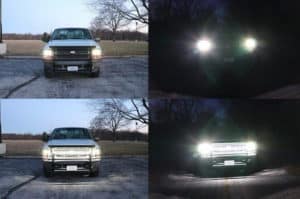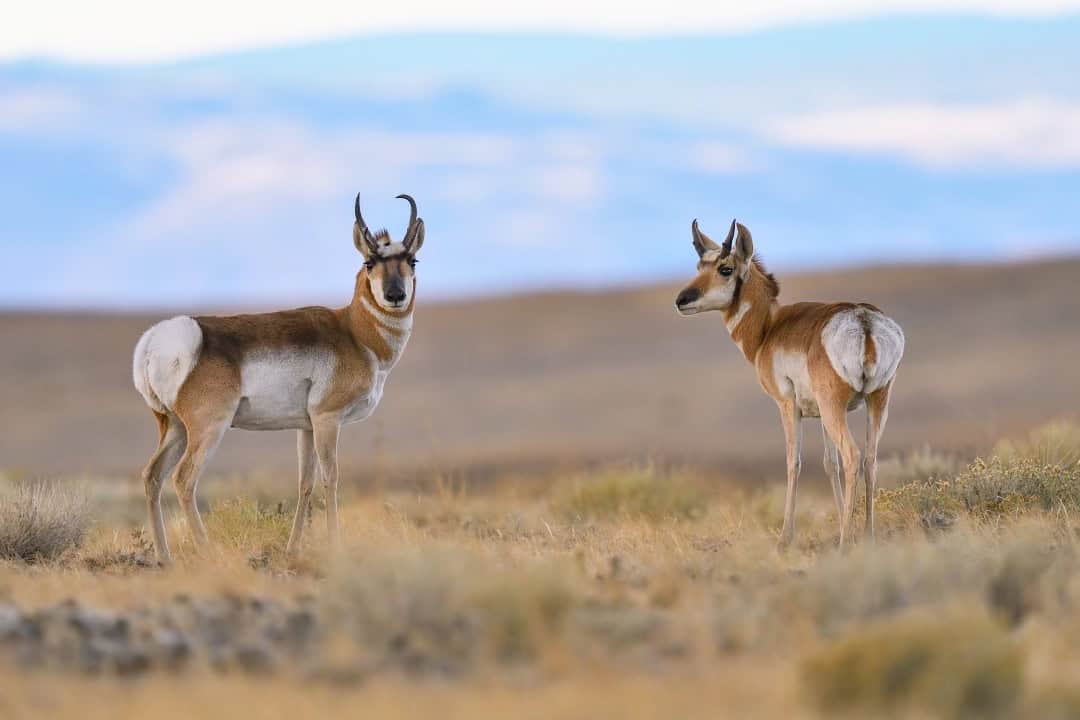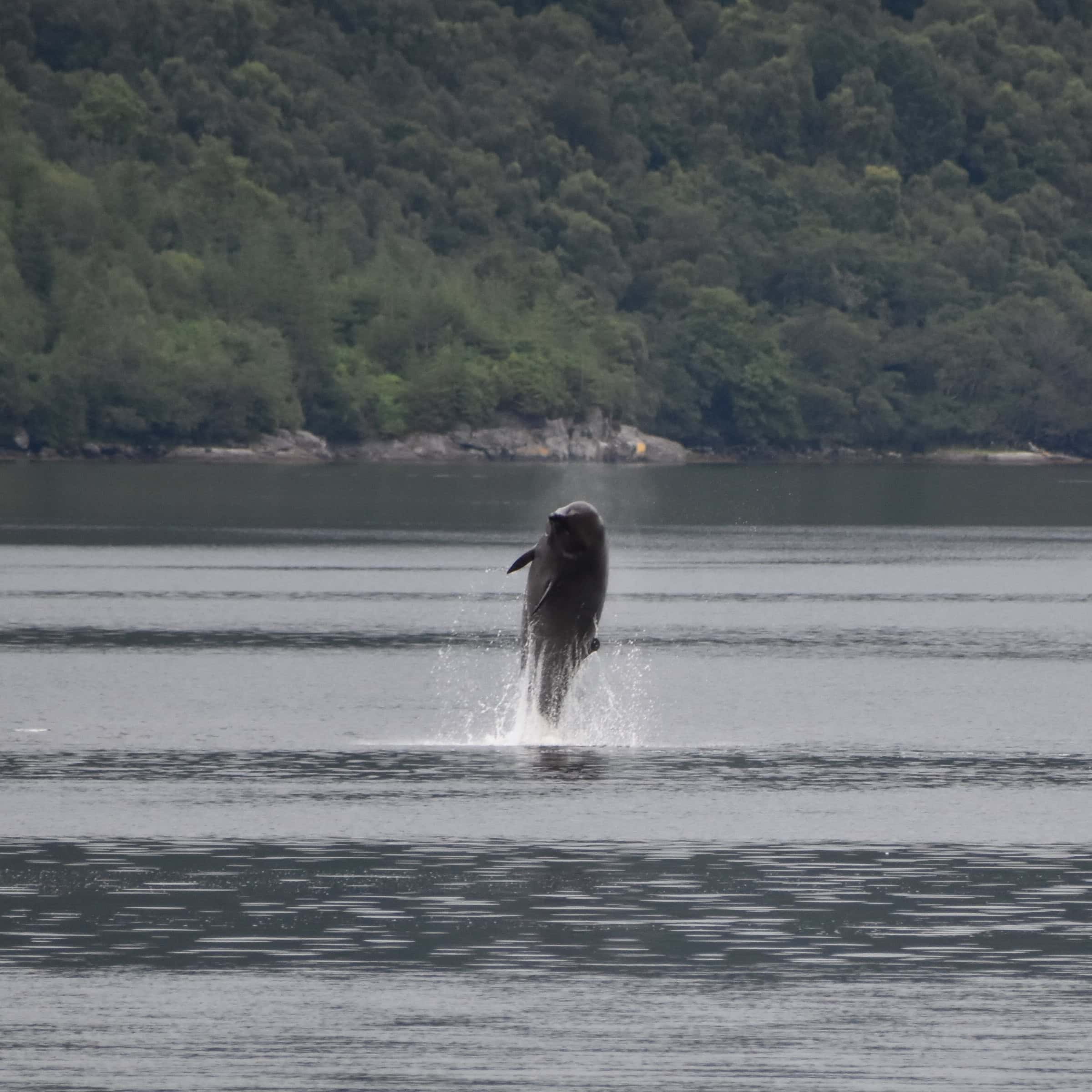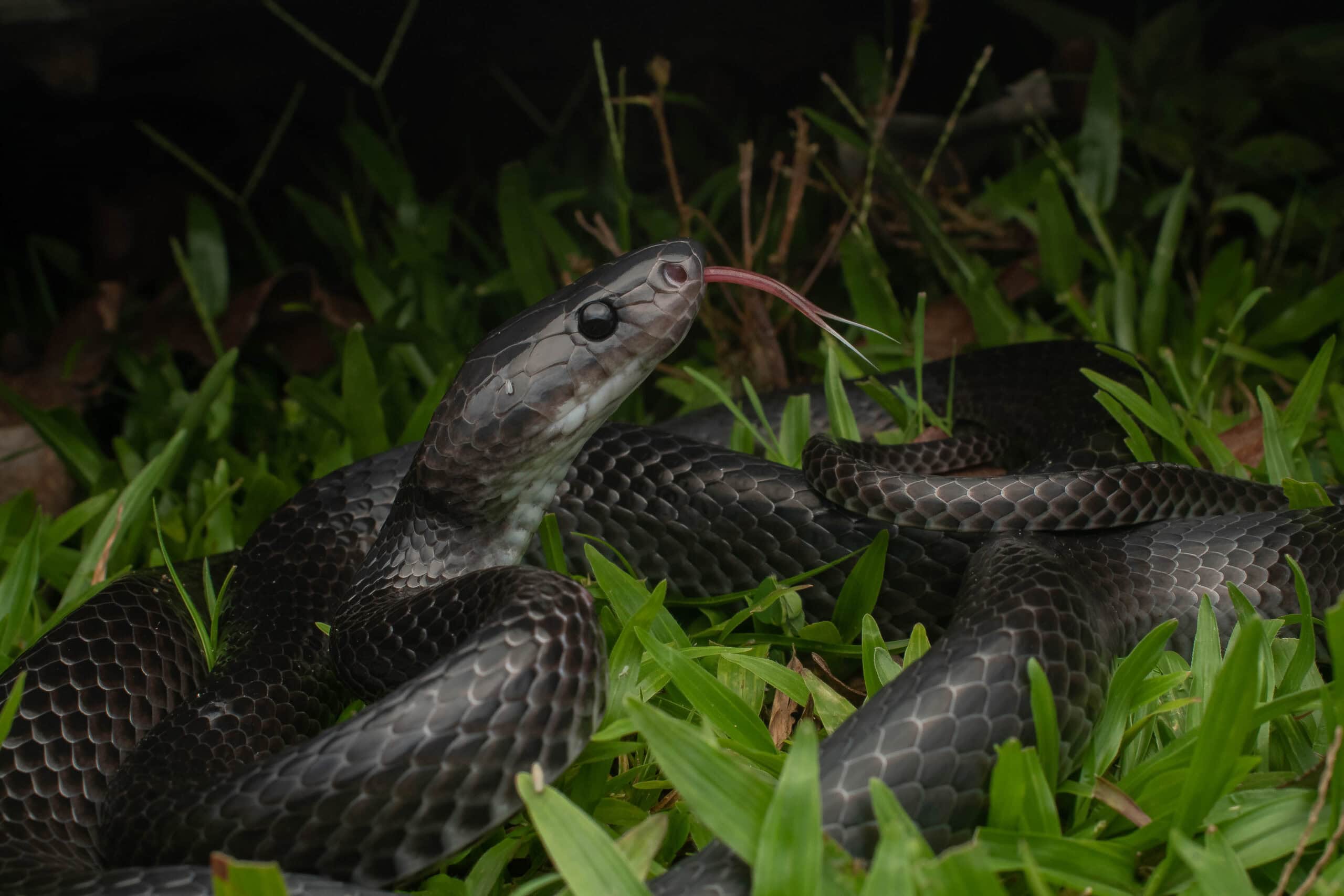Share this article
New lighting system helps deer avoid vehicles at night
Researchers with the U.S. Department of Agriculture’s Wildlife Services recently applied for a patent for a new vehicle-based lighting system to prevent deer-vehicle collisions during low-light conditions.
Through a series of experiments with free-roaming white-tailed deer (Odocoileus virginianus), researchers at Wildlife Service’s National Wildlife Research Center found the use of a rear-facing LED light bar — which illuminates a larger portion of the vehicle’s front surface than standard headlights alone — resulted in fewer dangerous deer-vehicle interactions.
The reduction in dangerous interactions appeared to be driven by fewer instances of immobility or “freezing” behavior by deer when the light bar was used.
In a study in the journal Ecosphere, researchers found the likelihood of dangerous interactions decreased from 35% with headlights alone to 10% using headlights and the light bar.
“This new lighting system takes advantage of a deer’s predator avoidance behavior (also known as flight behavior),” said lead author and former NWRC researcher Dr. Travis DeVault, who currently serves as associate director of the University of Georgia’s Savannah River Ecology Laboratory. “We predicted that light reflected from the front surface of the vehicle would provide a more reliable looming image to deer, thus encouraging the deer to move out of the path of the approaching vehicle.”

These images show the difference in the “looming” appearance of approaching vehicles equipped with headlights (top) versus headlights plus the new rear-facing LED light (bottom). Credit: Wildlife Services
When an object “looms,” it becomes increasingly larger to the perceiving animal, helping the animal realize that the object is an approaching object versus one that is stationary.
In the United States and Canada, deer cause the majority of animal-related injurious and deadly road collisions. Many of the mitigation measures designed to reduce vehicle collisions with deer and other wildlife are road-based. Some, like roadside reflectors and mirrors, repellents and hazing, are intended to influence animal behavior. Others, like warning signs, speed limits and animal detection systems, are aimed at drivers. Other approaches, such as vegetation management and highway lighting, are designed to increase visibility of wildlife to drivers.
A vehicle-based system, such as the rear-facing LED light bar, advances efforts to reduce wildlife deaths and increase driver safety on roads.
The patent-pending technology can be incorporated as an after-market device, like a brush guard or bumper, or it can be embedded in the vehicle as part of the manufacturing process.
The USDA is currently seeking a licensing partner to build and market the technology. For more information, please contact NWRC’s Technology Transfer Program Manager john.d.eisemann@usda.gov.
Header Image: Most vehicle collisions with wildlife involve deer. Credit: Tony’s Takes








